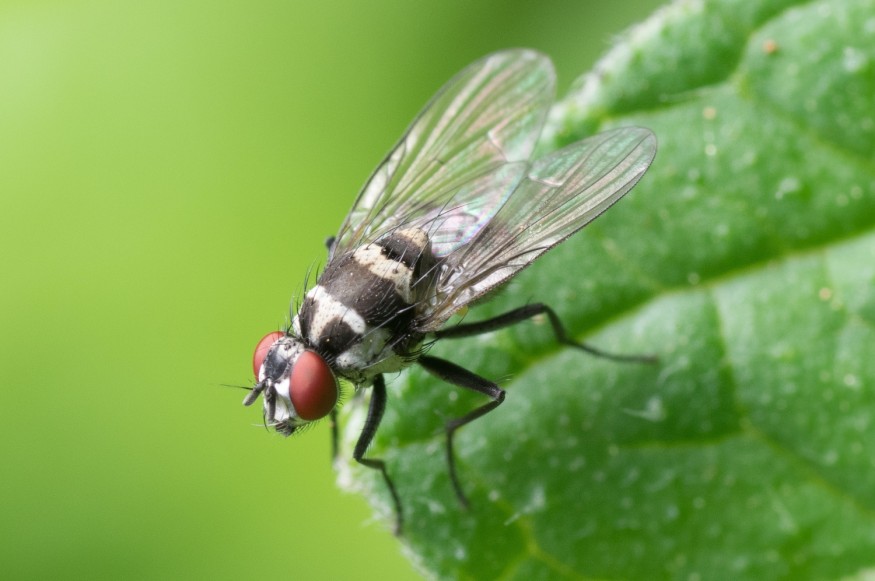Study conducted by the University of Pennsylvania utilized a supervised experimental investigation to show that flies swiftly responded to changing environmental conditions with changes throughout their genome of physical traits, according to a recent paper in Science.
The researchers detected modifications to 60 percent of the flies' DNA during the course of the four-month trial.
Biologists have built a new framework for how to think about the timeline of evolution by directly seeing quick and continual modification in response to the environment, a phenomena known as dynamic tracking.
The fast adaptation of fruit flies

According to The Scientist, Fruit flies have already been found to develop quickly. In experimental experiments, insects develop resilience to stresses such as dry conditions and freezing temperatures in 8 to 9 generations.
The most recent study, but at the other hand, discovered changes in the physical features of flies across shorter time periods, within three to four cycles that each lasted a month or longer.
Previous studies looked at small populations of flies with populations varying from 2,000 to 3,000 larvae, but this investigation had a far larger sample.
The quantity of flies inside the research peaked at 100,000 at the end of the investigation.
The crew created 10 exterior mesh cages, each with a fruit tree. The flies in the cages were subjected to rain, cold, and sunlight.
The researchers had complete control over the food the flies ate, the bacteria they were introduced to, and the competitors and parasites they encountered. They seeded the cages with 1,000 flies apiece at the outset of the experiment, which were offspring of a colony sourced in Pennsylvania.
The researchers examined how six key physical features related with survival, including as desiccation tolerance and fecundity, evolved throughout four experimental time periods by sampling 2,500 eggs from each cage one, two, three, and four months after the experiment began.
How fast fruit fly evolve?
As per ScienceDaily, it has long been recognized that evolution may occur swiftly in fruit flies due to their short lifespans and rapid reproduction.
But how fast has remained unknown, especially if many features may evolve concurrently in response to short-term environmental changes.
According to Paul Schmidt, a biology professor at Penn's School of Arts and Sciences and the paper's principal author, "this was an intriguing concept that appeared unlikely until we confirmed it."
The resolution by which we're viewing evolutionary changes in real time is what excites Seth Rudman, a co-lead author on the article who completed the study as a postdoctoral researcher at Penn and is now an assistant professor at Washington State University.
Schmidt and colleagues discovered that fruit flies active at the start of the growing season differed significantly from those buzzing around in the late fall in terms of stress tolerance, reproductive health, and even pigmentation in previous investigations at Philadelphia-area orchards.
However, the study could not decrease the chance that new flies were joining the community and generating the drastic alterations.
The researchers created an experimental orchard on a plot of land at Pennovation Works, a short distance from Penn's main campus, to more precisely regulate the settings of their investigations.
Multiple enclosures allow Schmidt's lab members to examine flies in real-world environmental conditions such as cold, heat, and rain, while preventing flies from entering or departing.
As a result, the insects in the enclosures at the end of an experiment are known to be direct offspring of those put into the enclosure at the beginning of the study.
© 2025 NatureWorldNews.com All rights reserved. Do not reproduce without permission.





